As the world’s oldest and longest-running metro system, London’s Underground, otherwise known as the tube, has had centuries in which to expand to all corners of the city. Yet, to this day, there are still far more tube stations in the north of London than the south.
This is something that at first glance may be puzzling, considering that both North and South London have similar populations, and tube trains are used by millions of people daily.
So, whether you’re a Londoner who is interested in the infrastructure of your city, or just generally curious about the intricacies of one of the world’s great cities, we’re answering the question: why are there less tubes in South London than North London?
Put simply, there are less tubes in South London than the north because of a mixture of historical, economical and geographical reasons. Namely, these include North London’s prominent role in industrialisation, its status as the city’s economic hub, and the political influence that stemmed from this. However, there are plenty of other reasons behind this discrepancy.
Read on to find out further why there are more tube stops in certain areas of London, and what the likelihood is of the Tube expanding into South London.
But first, let’s further explore the top reasons behind why there are less tubes in South London than North London.
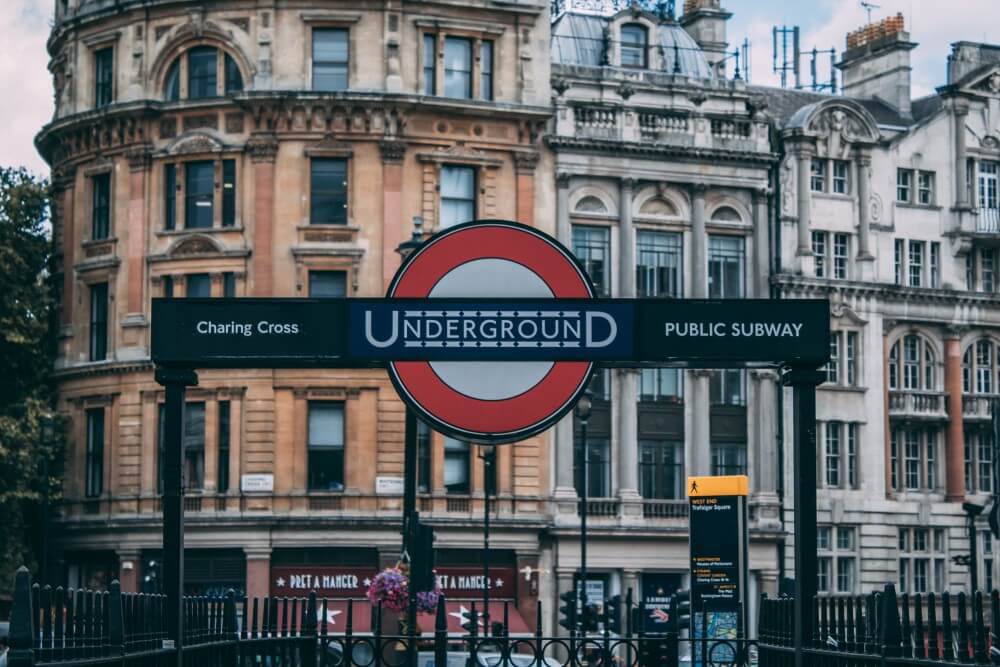
19th Century Industrialisation
The role of London as a prominent location in Britain’s burgeoning industrialisation is one of the main factors behind there being more tubes in North London than the south.
In the 19th Century, as Britain became more and more industrialised, London was its biggest powerhouse. Its existing assets, large workforce and position on the River Thames ensured it was the perfect place for the transportation of goods and services.
Along with this came massive population growth, which was driven by workers wanting to find employment in these industrial centres. To transport these workers to their place of employment in the mills, factories and stockyards of London, new transportation options were needed.
The northern part of London, at this time, was more heavily industrialised than the south. So, when the London Underground was first being constructed in the early 1860s, North London was the obvious choice to start, to best connect workers with their working locations.
Economic Centrality
In a similar vein, there are also purely economic reasons behind the increased concentration of tube infrastructure in northern London. Simply, because of the historical development of the city, North London became home to the vast majority of business and commerce dealings.
As a result, the private companies who first built the tube situated it where the majority of economic power was. This not only made it easier to convince stakeholders to invest in building and maintaining the line, but also eased costly commuting delays for workers.
In South London, conversely, there simply wasn’t the commerce angle to justify a new tube line, since there were comparatively few major businesses on that side of the Thames. Instead, the first tubes built there were viewed merely as a method of transporting workers and residents across the river.
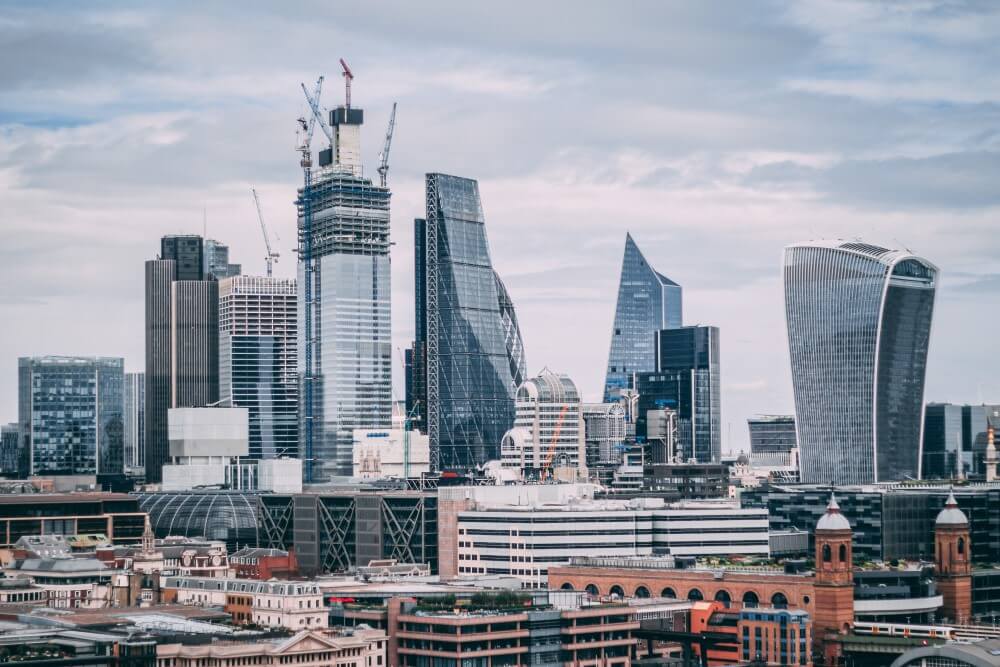
Political Influence
Just as with modern infrastructure planning, political influence also had a role when it came to the building of the tube back in the 1860s.
Similar to the increased power that North London had in terms of commerce, business and industry, it also had more political influence than areas south of the city. After all, north of the river is where most of the political decisions were made – it housed the House of Commons, House of Lords and other key policy-making institutions.
And, with this, came powerful and well-connected politicians who made the case for tubes to be built in their constituencies. Combined with the economic argument for choosing a north-first strategy, it seems planners were willing to listen.
The London Plan
Developed in 1944, the Greater London Plan was a spatial development strategy for the whole of London. Not to be confused with the modern London Plan, this set out areas of the capital that were to benefit from public realm investment and project funding.
In essence, the main purpose of this plan was to undo the perceived wrongdoings that had led to certain neighbourhoods being dysfunctionally developed. However, despite the plan working successfully in direct development and boosting London’s growth, it came under fire for failing to assist some areas, particularly South London.
The plan’s historical emphasis on the revitalisation of inner London as opposed to addressing the needs of outer London municipalities is one explanation for this. South London, in the eyes of many, has not experienced the same level of redevelopment and investment as other parts of the city.
Where this is relevant to the tube is that, as part of this report, the growth of the Underground in North London was encouraged, whereas, in the South, there was little mention. This led to more tube infrastructure being built in North London.
Modern versions of the London Plan are being modified and proposed frequently. However, with each iteration, there continues to be a common feeling among South Londoners that these often do not reflect the transportation requirements of their neighbourhoods.
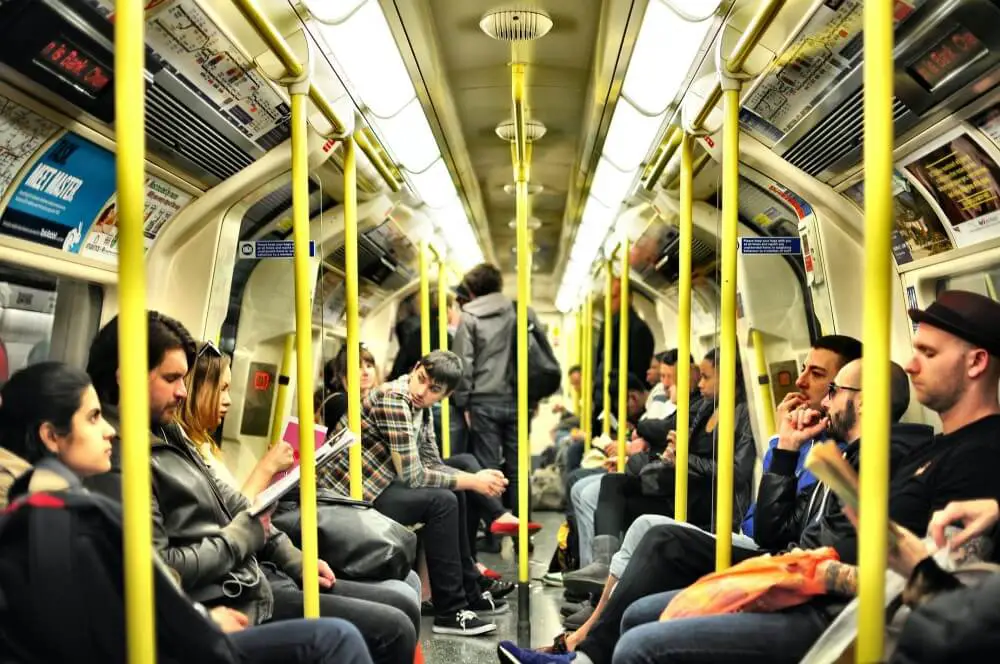
Income Per Capita
Another factor behind there being less tubes in South London is that historically, North London has long been the wealthier part of the city. As the home of the city’s finance and business districts, its residents have higher income per capita on average than its southern residents.
Naturally, this means higher median salaries and more spending power for those who live in North London. And, as a consequence, they were more likely to be able to afford public transportation and to use it as their main mode of mobility.
Like all infrastructure planners, the people designing tube lines and expansions wanted to ensure there was sufficient customer demand to justify their expenditure. So, North London’s more reliable customer base ensured that lines were built there first.
Transportation Hub
North London has long been the central hub of transportation for London. It was the first place where tube stations were built, and its advanced infrastructure compared to the south meant it was the focal point for many city-wide projects when they came around.
That’s not to say South London was bereft of superb transport infrastructure. London Waterloo and London Bridge Station, for example, are two of the oldest stations in the world, and to this day continue to ferry millions of passengers per year.
But, with the north’s array of integral transport options, including St. Pancras, King’s Cross, Euston and Victoria, it made sense for the first tube expansions to revolve around North London. Doing this ensured passengers could connect to the existing infrastructure more easily.
In the same way, this meant that when more tube lines were built in North London, there was more incentive to extend or connect new tube lines to these lines. And, having a multitude of transport options also brought interested investors and businesses, which helped to justify the cost of new tube construction.
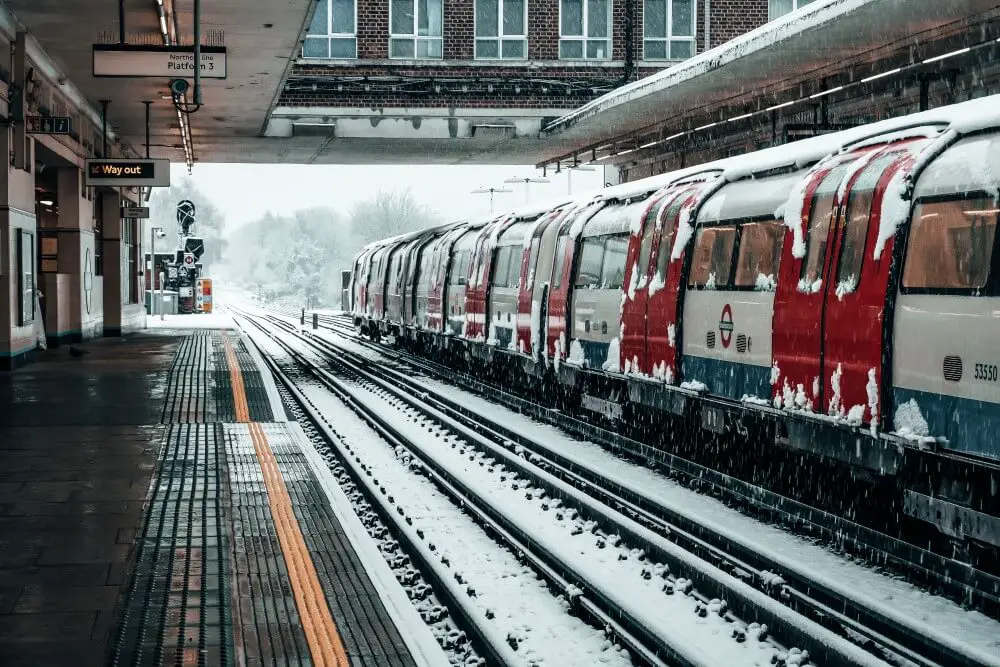
Population Growth
One of the simplest reasons why there are less tubes in South London is because of the rapid post-World War 2 growth of the city’s population. This increase was more drastic in the northern part of the capital than the south, and, in order to cope, huge amounts of development were planned in North London.
This increase in development was a major driving force behind tube expansion during the 20th century. The expansion was intended to service the northern parts of London, which had greater room for the construction of new homes – something that, at the time, was undoubtedly on the horizon.
So, in North London, the government and private businesses found it more financially feasible to invest in new transportation infrastructure, such as tube stations, to satisfy the increase in demand. After all, demand for transportation choices rises as a region’s population does.
Additionally, it’s worth noting that, in the 1860s, there was a higher population density in North London than South London, and this suggests more people lived near an average tube station. Therefore, it was more practical to construct and run tube lines there.
Competition with Existing Services
Last on our list of reasons explaining why North London has a higher concentration of tube services than South London is perhaps the most surprising of all. Put simply, South London was in many ways almost too connected when the first tube lines were being built.
Even before the implementation of the tube, many private railroad firms divided the city and built a tonne of suburban trains with excellent connections south of the river. So, after 1863, when the first private tube firms started operating, they concentrated on north London because there was greater possibility there.
As a result, there aren’t many tube stations in South London even though that side of the Thames used to be better connected. It was, in essence, a victim of its own efficiency.
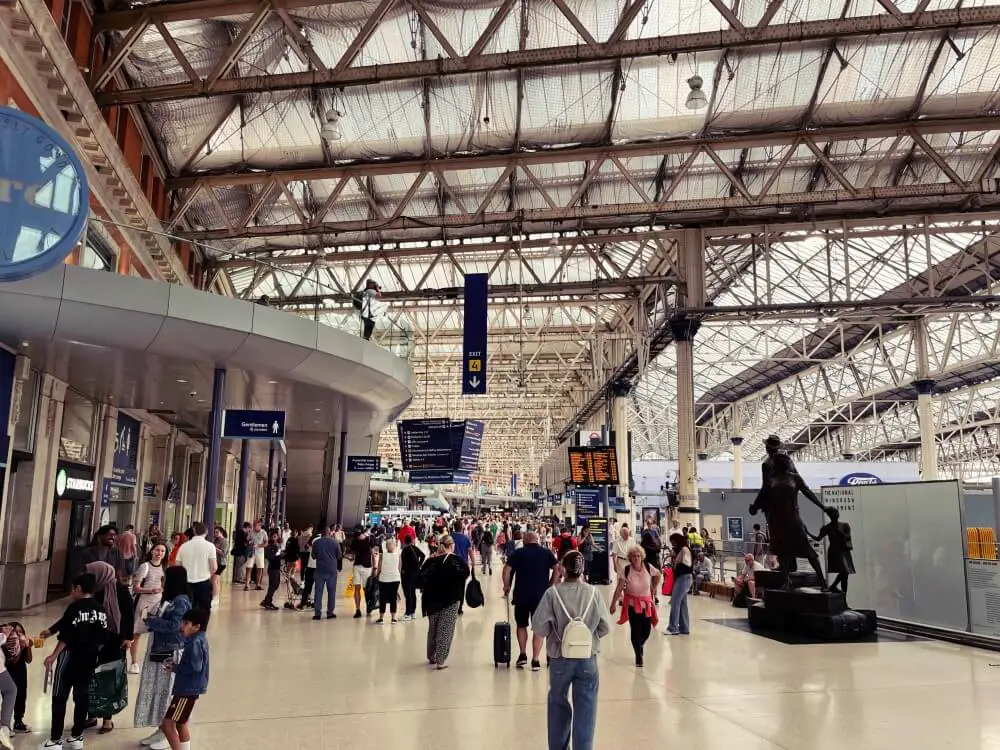
Will the tube be further extended into South London?
While there is no definitive answer to whether or not the tube will expand further in South London, there is a strong likelihood that there will be new lines and stations at some time in the future. The tube system is constantly evolving, and there is already big demand for more underground infrastructure south of the Thames.
New lines are often mooted or suggested – some of the more recent proposals include the Bakerloo Line Extension and the Chelsea-Hackney line. However, these plans are still only being ‘considered’ by Transport for London, so it’s unclear when or if they will begin in earnest.
Whatever the future holds, expanding the London Underground is an expensive and difficult operation that requires not only the construction of new lines and stations but also the upgrade of current infrastructure. As a result, the feasibility of the projects will depend on a number of factors.
Why are there more tube stations in certain areas of North London?
There are several explanations for why certain parts of North London have a higher concentration of tube stations. One is that some northern parts of the city, such as Islington, Camden and Hampstead, were among the earliest parts of London to be fully developed. As such, these suburbs were also among the first to get new transport infrastructure.
Another factor is that these districts have historically been more economically active and highly populated, making them more desirable places for tube stations. For instance, King’s Cross and Euston, which are home to significant train stations, have served as vital transportation hubs for centuries.
In addition, some parts of North London, including those close to the City of London and the West End, are seen as wealthier and have more commercial activity. The influence of this can increase the level of funding for the construction and upkeep of tube stations.
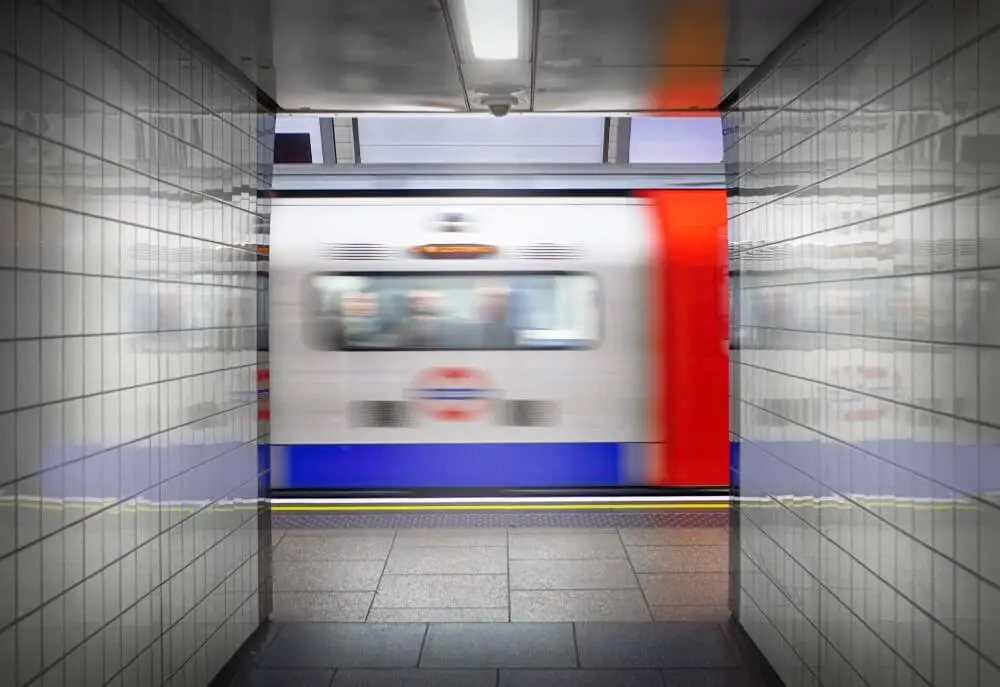
Does more tube stations in North London impact South London?
There are currently 150 tube stations in North London, as opposed to a mere 31 in South London. This discrepancy has a number of effects for South London in terms of its residents and economy.
For starters, it makes navigating the capital harder for those south of the river. Granted, there are amazing non-tube transportation options in the south, such as the Overground, trams and buses, but arguably none have the convenience and reliability that the tube system offers.
This has a knock-on effect for people who want to set up places of businesses south of the river. For, it may be harder for potential high-value customers and staff to reach them, preventing economic growth.
That said, because of the lack of transport options available for south londoners compared to the north, there is an argument to say that housing and transportation has remained more affordable. People are known to pay more to live nearer to tube lines, which can contribute to an area’s property prices rising.
Thanks for reading our guide to why there are more tubes in the south of London than the north.
For centuries now, this behemoth of a city has continually improved its infrastructure to keep pace with its growing population. So, while it may look some way off at present, it’s a good bet that South London will be getting further tube coverage in the decades to come.
For more related news, views and in-depth guides, take a look at our range of infrastructure articles, featuring why is an airport called an airport?
Or, if you’d like more definitions on building and architecture vocabulary, take a look at our selection of building wikis, including what the interestingly-named ha-ha entails.
Last Updated on 2 March 2023 by Michael
